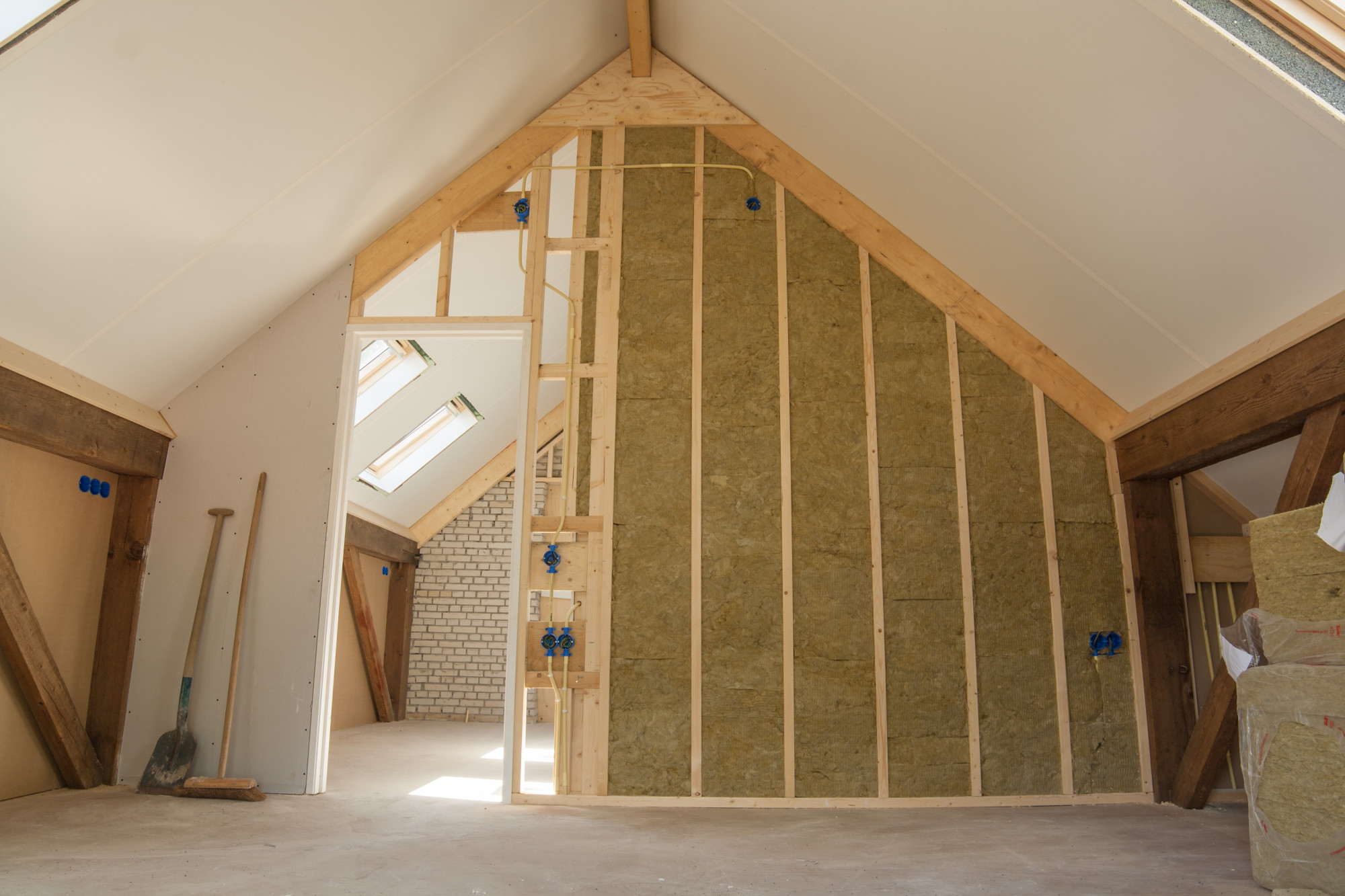A Guide to the Different Types of Insulation Systems
Is your insulation having problems? If so, you need to learn the different types of insulation systems.
They provide comfort and help cut your utility bills. Plus, insulation’s an integral part of your HVAC system. You need it if you want to keep your house cool or warm during summer or winter.
Not sure how to pick the right insulation for your home? Don’t worry, we’ve got you covered. Read on to find out about the different types of insulation available.
A Closer Look at Fiberglass Insulation
Fiberglass insulation is a type of loose-fill insulation made up of mineral fibers. These are designed to reduce heat transfer. Depending on the type of fiberglass insulation, it can be fanned or poured into areas. This could provide a thermal seal to attics, crawl spaces, and walls.
Fiberglass insulation is primarily used for ceilings, walls, and floors. It can also be used in HVAC systems, plumbing, and electrical systems to protect against heat loss or gain. In addition, it can absorb sound, making it ideal for sound-proofing applications.
Another advantage is that it is relatively easy to install. It does not support the growth of mildew or mold and is non-combustible. Fiberglass insulation is also more affordable and has a long service life. Read more info here.
Mineral Wool Insulation: Pros and Cons
Mineral wool insulation is a popular choice thanks to its effectiveness and affordability. Its pros include excellent thermal performance and effective sound insulation. It does not settle or sag over time.
Its cons include the potential for fibers to come loose and irritate skin and eyes. It also potentially causes respiratory issues. With proper installation and the use of protective gear, these risks can be minimized.
Generally, mineral wool is best used in larger-scale insulation projects. It should not be used where there is a lot of foot traffic or in attics that have direct contact with the roof. Also, it is not recommended for use in extremely high-temperature areas or areas that are frequently wet.
The Benefits of Cellulose Insulation
Cellulose insulation is most popular in residential and commercial buildings. It is composed of mostly recycled paper fibers and is processed with borates. It is resistant to fires. It is energy efficient, breathable, and lightweight, making it easy to install.
Cellulose has one of the highest R-Values (resistance to heat flow) among the types of insulation. It is best for temperature regulation. And it can help to maintain a consistent temperature in any room.
Additionally, cellulose insulation is an eco-friendly choice. It does not require any harmful chemicals or added toxins for installation.
The Advantages of Foam Insulation
Foam insulation offers excellent resistance to air infiltration. It can be customized to fit even the tightest of spaces. Additionally, foam insulation creates a continuous thermal envelope. It acts as an effective sound barrier as well.
In addition to being energy efficient, it is also resistant to burning, moisture, and mold. As a result, foam insulation is a great choice for basements.
Furthermore, foam insulation is lightweight and much easier to work with. Lastly, it is relatively inexpensive compared to other insulation options.
Looking at Different Types of Insulation Systems
Keep your building and its occupants comfortable with these types of insulation systems. They can be great cost-savers and help you maintain a healthy environment.
Be sure to do your research. Consult with a professional to make an informed decision. Contact an insulation expert today to get your project started.
Check out our page for more tips!






